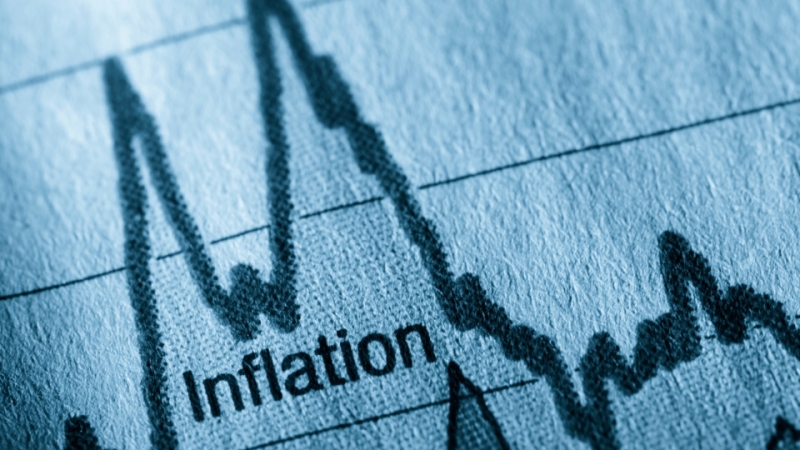Advertisement
Modest Home Price Increases Forecasted for Year-End 2012

Clear Capital has released its Home Data Index (HDI) Market Report with data through March 2012. The HDI Market Report uses an array of public and proprietary data sources providing the most timely and relevant analysis available. Methodology details are on page eight of this report. Report highlights include:
►National home values dropped slightly in the rolling quarter-over-quarter analysis.
►Regions posted mild quarterly gains, except the struggling Midwest, which continued its downward slide.
►The year-over-year numbers showed weaker performance for the nation and the regions, indicating the short term relief has yet to be enough to turn the long term tide.
►Forecast for rest of 2012 shows mild increases building up to a stronger 1.2 percent by year end.
“With the exception of the Midwest, positive growth in rolling quarter-over-quarter prices is an encouraging sign that markets are rebounding from the winter slow down earlier than usual,” said Dr. Alex Villacorta, director of research and analytics at Clear Capital. “Even with the relatively modest declines seen over the last few months, markets have continued to show signs of bottoming out. The projections we made at the beginning of the year are playing out and we expect to see the nation gain just over one percent through the year’s end."
At the national level, home prices fell a modest -0.2 percent over the quarter. The West, South and Northeast posted gains of less than one percent, but the Midwest lost a significant -2.4 percent. Real estate-owned (REO) saturation, which traditionally pushes down prices, continued to climb in all regions. The nation held fast over the most recent quarter, and for the fifth time in six months, saw price changes of less than one percent. While the U.S. lost -0.2 percent quarter-over-quarter, this decline is milder than last month’s decline of -0.6 percent. This positive trend may be attributed to the beginning of spring after a very mild winter, resulting in the start of an early buying season. Price performance for the nation and regions, looking at short term, mid-term and long-term timeframes is shown in the chart below.
“We are continuing to see, overall short term home value strength against the rising REO saturation," said Dr. Villacorta. “This is an indication of market stability, and bodes well for the continued growth we’re expecting over the rest of the year.”
In looking at the quarter-over-quarter performance through March, the typically weak Western region squeezed out a minor 0.1 percent gain in prices over the quarter, which is a healthy improvement of over last month’s losses of -0.4 percent, and shows long-awaited upward momentum in the region that posted losses over the past five months. The embattled Midwest region, hit hard over the past three months, continued sliding this month losing -2.4 percent, and was the only region to post losses in the quarter or mark any quarterly price movement more than two percent. This result shows how the stability seen by the rest of the nation has yet to embrace the region.
The stable Northeast held true to form and turned in a modest 0.3 percent increase in prices, which was a 0.4 percentage point improvement over the quarterly loss of -0.1% posted last month.
The South turned in the strongest short term gains across the nation, with prices climbing up by 0.6 percent, due in part to impressive results in Florida, Texas and Virginia, all of which are well represented in the best performing MSAs listed later in the report. This gain was a healthy 0.8 percentage point improvement over the loss of -0.2 percent posted last month.
The year-over-year analysis found that the nation lost -1.4 percent over the period, which is slightly better than February’s year-over-year results of -1.9 percent, indicating a positive trend in yearly numbers.
For the second month in a row there have been increases in REO saturation for the nation and the regions, helping to confirm speculation the Attorneys General settlement has empowered the affected servicers to become more aggressive in moving their REO backlog onto the housing market.
In March, the national REO rate rose 1.2 points since last month and 1.8 points over the past quarter to hit 27 percent, pointing to an acceleration of REO sales. The Midwest contributed the most to the increase, jumping 3.8 points over the quarter to 34.3 percent, with the other regions all seeing softer increases.
Of particular interest this month is how these changes in REO saturation are affecting prices. In the past, there has been a consistent inverse relationship between changes in REO saturation and prices, but not this month.
About the author





